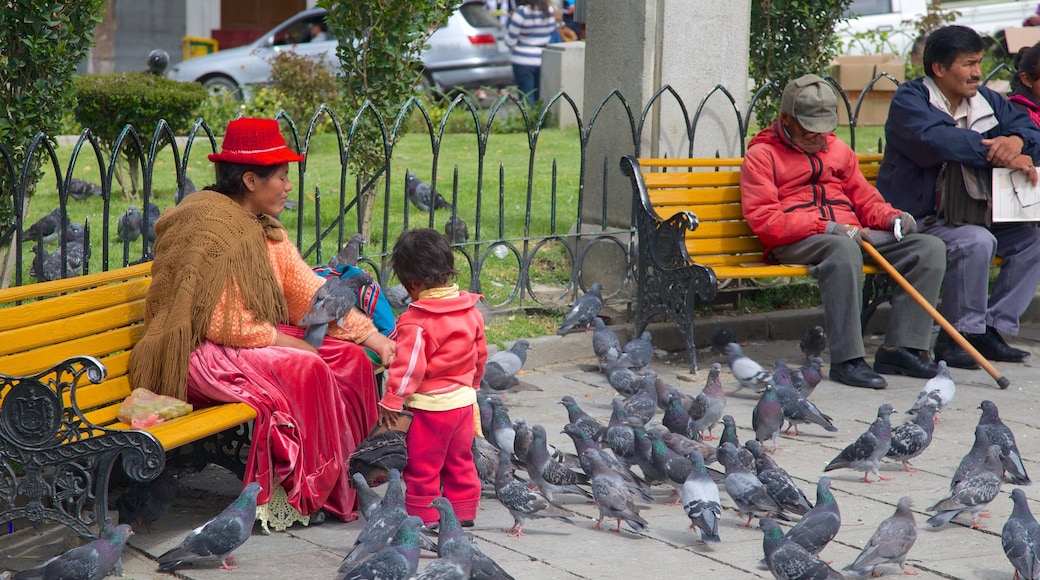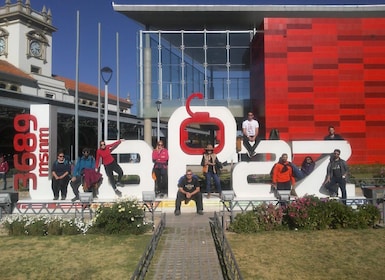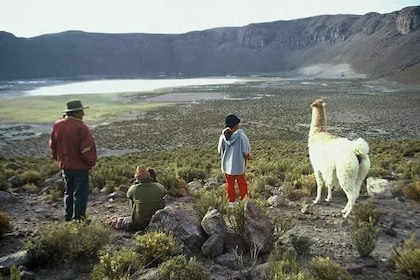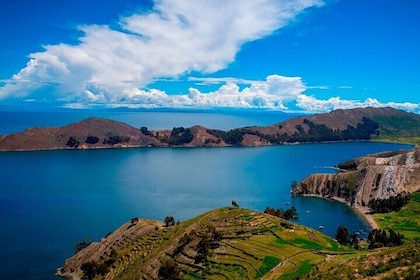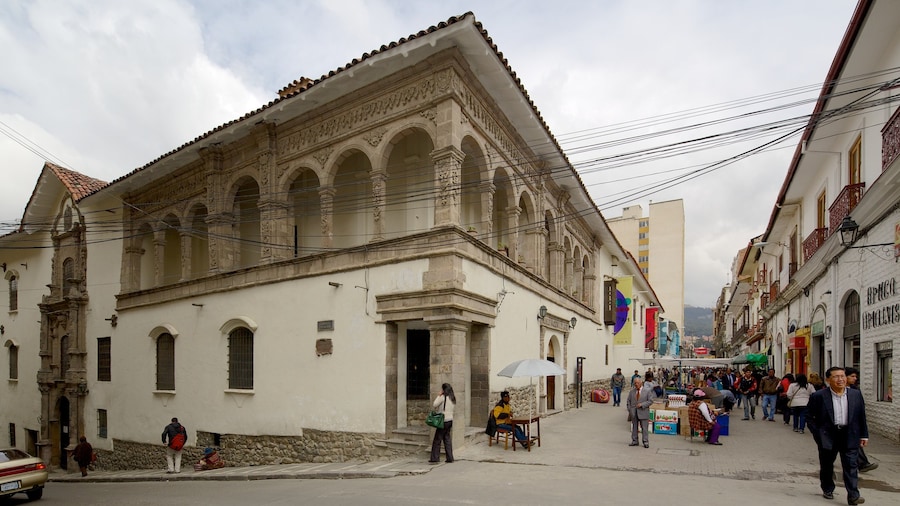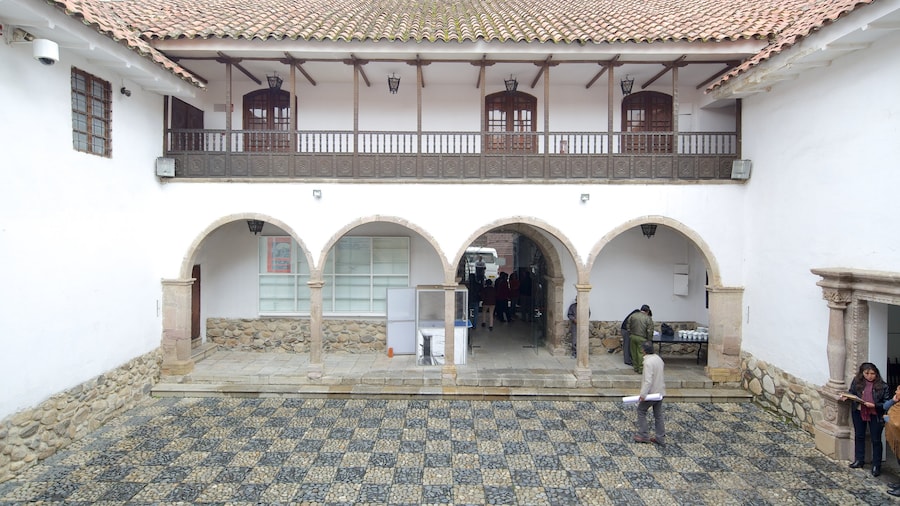Visit Plaza Murillo to spot some of La Paz’s finest colonial buildings then see an impressive collection of colonial and modern art. Since the colonial years, this leafy square has been the city’s historic center and today it remains the focal point of political life in Bolivia. It takes its name from Pedro Domingo Murillo, who was an important figure in the war of independence.
Lining the square are some of La Paz’s finest works of architecture. Go to the south side to see two dominant symbols of Bolivian political and religious influence. Check out the imposing neoclassical façade and stained-glass work of the Cathedral Nuestra Señora de La Paz. Next door is the elegant Presidential Palace, guarded by soldiers dressed in 19th-century military uniforms.
On the east side of the plaza you’ll find another historic building, the Palacio Legislativo. Established as the seat of Bolivia’s Congress in the early 20th century, the site previously housed a convent and then later a university. Its Corinthian-style columns and large cupola catch the eye.
Don’t miss the chance to visit the 18th-century Palacio de los Condes de Arana, which houses the National Museum of Art. Spot work by revered Bolivian sculptor Marina Núñez del Prado. Visit a gallery dedicated to Melchor Pérez Holguín, who was one of the great masters of Andean colonial art.
Spend some time people-watching. See kids chase and feed the pigeons and admire the traditional clothing and bowler hats of the Aymara women who gather here for chats. Look for a bust of Gualberto Villarroel, a former president who was killed and then hung from a streetlamp here in 1946. Gaze up at the tall statue of Pedro Domingo Murillo, whose life ended in a similar manner in 1810.
As the historical heart of La Paz, Plaza Murillo is easily accessible by foot and taxi from all parts of the city. Shared mini buses stop near the square.




